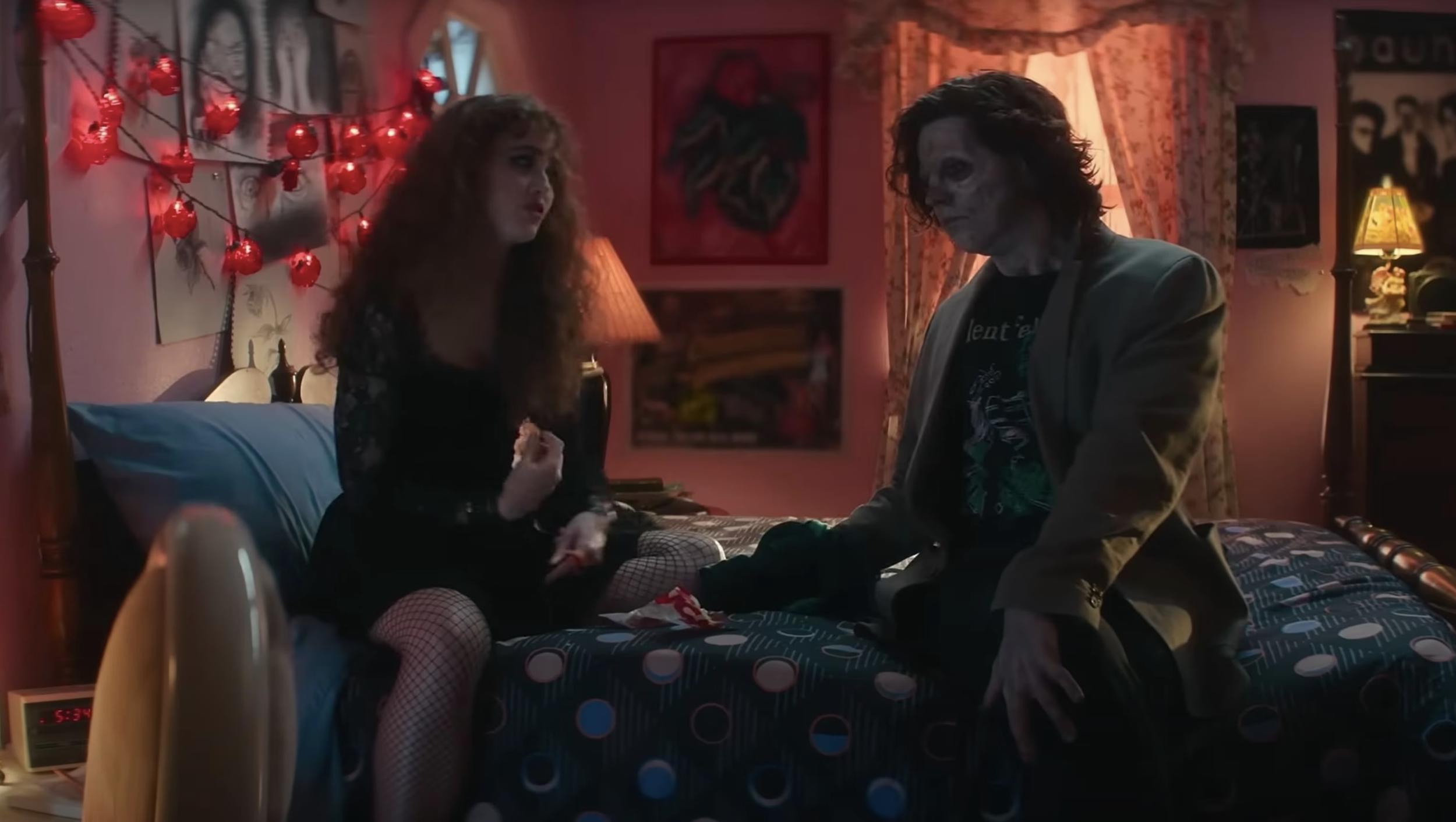ONE LIFE
Directing: B+
Acting: B+
Writing: B+
Cinematography: B
Editing: B+
More than eighty years on, with a seemingly infinite amount of books and movies and television shows produced about the Second World War, it’s easy to forget the stunning breadth of that global conflict. The holocaust, Hiroshima, Nagasaki—these are the most enduring symbols of World War, and they are really just the tip of the iceberg. Will we ever run out of new stories to tell about that period of history? Just last year, Oppenheimer asked us to consider the horrors we unleashed upon the Japanese, while also imagining where we would be had the Nazis managed to split the atom first.
And yet, there remain countless, only seemingly smaller stories left untold, a whole lot of them coming from places outside the locations that dominate typical World War II narratives, such as the United States, the United Kingdom, Germany, or Japan. The many places affected by both Japanese and German expansionism of the time are just as worth considering.
And that brings us, now, to One Life, a new film based on the amazing accomplishments of Sir Nicholas Winton (a wonderful Anthony Hopkins). Winton, a man of Jewish descent and son of immigrant parents who fled the Germany of World War I, traveled to Prague in late 1938 with the intent of assisting humanitarian efforts with refugees there. He led the impossible task of compiling lists of refugee children, most of them Jewish, getting them British visas with the help of his mother (played by Helena Bonham-Carter), lining up British foster parents to take the children in, and transporting them from Prague to London by train.
One Life focuses largely on Winton’s humility, cutting back and forth between Hopkins’s version in the late eighties, and the younger version working tirelessly on this project in 1938 and 1939, much of it later focused on logistics and paperwork back in the UK. The younger Winton is played by Johnny Flynn, exceptionally well cast as a man you could easily believe as a younger Anthony Hopkins. Hopkins, for his part, spends the first half or so of the film milling about his home, cleaning out his clutter, trying to come up with a use for a decades-old scrapbook of all these children, and otherwise just contemplating his past.
Winton’s stunning feat was saving 669 children from almost certain death; Germany invaded Czechoslovakia as expected, and rounded up virtually all of the parents of these children and sent them to concentration camps—the small number of survivors amounted to about a third the number of children Winton and his cohorts saved. This all went mostly unknown until Winton went looking for a place to conserve his scrapbook, and then a usually-silly British television program called That’s Life! picked up the story in the late eighties, reintroduced him to dozens of the former children he saved, and had the British press celebrating him as the “British Schindler.”
That phrase never actually gets used in One Life, somewhat wisely, despite the obvious parallels. The key difference is that Winton was among people who saw what was coming very early on, and took action immediately. All these children boarded trains, saying goodbye to their parents with the idea that they would return to them once it was safe to do so. There are many scenes of goodbyes on departing trains, and it’s impossible not to think about how this was actually the last time these kids ever saw their families. One Life is a somewhat unusual World War II movie in that it shows very little in the way of the grotesque violence of war—but is steeped in the widely understood expectation that it is coming. This was a time of panic, which those who kept their heads had to leverage into organized action.
The trailer to One Life gives way too much of it away, but doesn’t take away the effects of those later scenes that are sure to get the tears flowing. Anthony Hopkins is 86 years old, still working, and I watched this movie thinking about what a treasure he is—he was already 53 when he became truly famous as a deliciously wicked cannibal in The Silence of the Lambs, as iconic a role as there could ever be, and still has since embodied a stunning array of characters since. More often than not anymore, he plays a sweet old man, and Nicholas Winton would have to be in the hall of fame of such characters. Hopkins evidently really loves to work, because he’s been in plenty of films that aren’t as great as others, but he offers a performance here that is really worth a look, especially in the second half, when Winton shifts from silent rumination to getting caught up in the world’s discovery of his stunningly accomplished past.
As with any story like this, there is always the reminder of the far larger number of people who could not be saved than the number who could. In this case, just as the Nazis were arriving in Czechoslovakia, the last train was stopped, and more than a hundred children who were loaded on it did not get to leave. Winton never knew what became of them, but it’s easy to imagine. This is how we keep hope alive, however, by focusing on the 669 children he did help save, and the large number of them reunited with him 40 years later. It’s very difficult to watch those reunion scenes without weeping, and taking away from this movie the notion of hope and perseverance in the face of unimaginable horrors. Some people break through, and so does this movie.
Anthony Hopkins is a the top of his game leading yet another untold story deserving of remembrance.
Overall: B+










